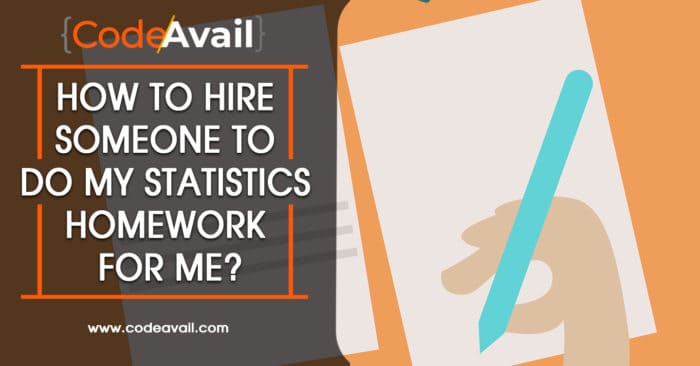Navigating the digital landscape is an everyday task for many, but for those with visual impairments, it can be a labyrinth of challenges. However, the evolution of technology has not only eased this journey but revolutionized it entirely. In this exploration of innovation, we will explain what are the technologies assists users that have a visual disability. From the comforting cadence of screen readers guiding through web pages to the tactile embrace of Braille displays translating digital realms into touchable experiences, each advancement contributes to a more inclusive, accessible, and enriching world. As we delve into the intricacies of these technologies, we witness the dawn of an era where barriers are dismantled, independence is cultivated, and digital horizons become boundless for all.
What Are The Technologies Assists Users That Have a Visual Disability?
Table of Contents
Screen Readers
Screen readers, such as JAWS, NVDA, and VoiceOver, act as digital interpreters, converting text into synthesized speech. These tools empower visually impaired users to traverse websites, documents, and applications by providing spoken feedback, fostering independence in the digital realm.
Braille Displays
Braille displays, tactile devices translating digital text into Braille, offer a tangible reading experience. Users feel raised dots, accessing electronic books, documents, and websites with enhanced accessibility. This innovation bridges the gap for those proficient in Braille, aligning technology with tactile literacy.
Voice Command Technology
Voice command technology, exemplified by Siri, Google Assistant, and Amazon Alexa, enables hands-free device control. This facilitates tasks like messaging, calling, setting reminders, and managing smart home devices, providing a seamless interface for users with visual disabilities.
Text-to-Speech Applications
Text-to-speech (TTS) applications, versatile tools for converting written text into spoken words, offer auditory access on smartphones, tablets, and computers. Users can listen to emails, articles, and various content without relying on visual cues, widening the spectrum of accessible information.
Assistive Navigation Apps
Specialized navigation apps, such as BlindSquare and Seeing AI, harness GPS and location-based technologies to aid visually impaired individuals in navigating their surroundings. These apps provide audio cues, directions, and details about nearby points of interest, fostering independent and confident mobility.
Magnification Software
Magnification software, like ZoomText, enhances on-screen content for users with low vision. Enlarging text, images, and interfaces, these tools offer customizable magnification levels and color contrasts, optimizing the visual experience for those with partial sight.
Color Identification Apps
Color identification apps, like Color Identifier and ColorSay, cater to users with color blindness. Leveraging the device’s camera, these apps provide real-time information about colors, aiding in daily tasks such as sorting clothes or identifying objects in the environment.
Accessible E-books and Audiobooks
Accessible e-books and audiobooks revolutionize reading for individuals with visual disabilities. With screen reader compatibility and audio narration, these digital formats ensure that literature and educational materials are accessible to all, promoting a culture of inclusive learning.
Smart Glasses and Wearable Devices
Smart glasses equipped with assistive technologies offer real-time assistance to users with visual impairments. These devices provide features like object recognition, facial recognition, and navigation assistance, enhancing users’ awareness of their surroundings and fostering greater independence.
Haptic Feedback Devices
Haptic feedback devices, exemplified by the Tap Strap, convey information through touch and vibration. These devices help individuals with visual impairments input information and receive feedback through touch gestures, providing a novel and inclusive way to interact with technology.
Conclusion
The convergence of technology and accessibility has given rise to a plethora of innovations that empower individuals with visual disabilities. From screen readers providing audible navigation to smart glasses enhancing environmental awareness, each technological advancement plays a important role in making a more inclusive and accessible digital landscape. As we continue to witness technological progress, the potential for further enhancing the lives of visually impaired individuals becomes increasingly promising, paving the way for a future where technology truly knows no bounds.
Frequently Asked Questions
How do screen readers benefit users with visual impairments?
Screen readers convert digital text into spoken words, enabling visually impaired individuals to navigate websites, documents, and applications through auditory feedback.
What is the purpose of Braille displays in digital accessibility?
Braille displays translate digital text into tactile Braille, offering a tangible reading experience and enhancing accessibility for individuals fluent in Braille.
How do assistive navigation apps assist visually impaired users?
Specialized navigation apps utilize GPS to provide audio cues, directions, and details about nearby points of interest, facilitating independent and confident mobility.


